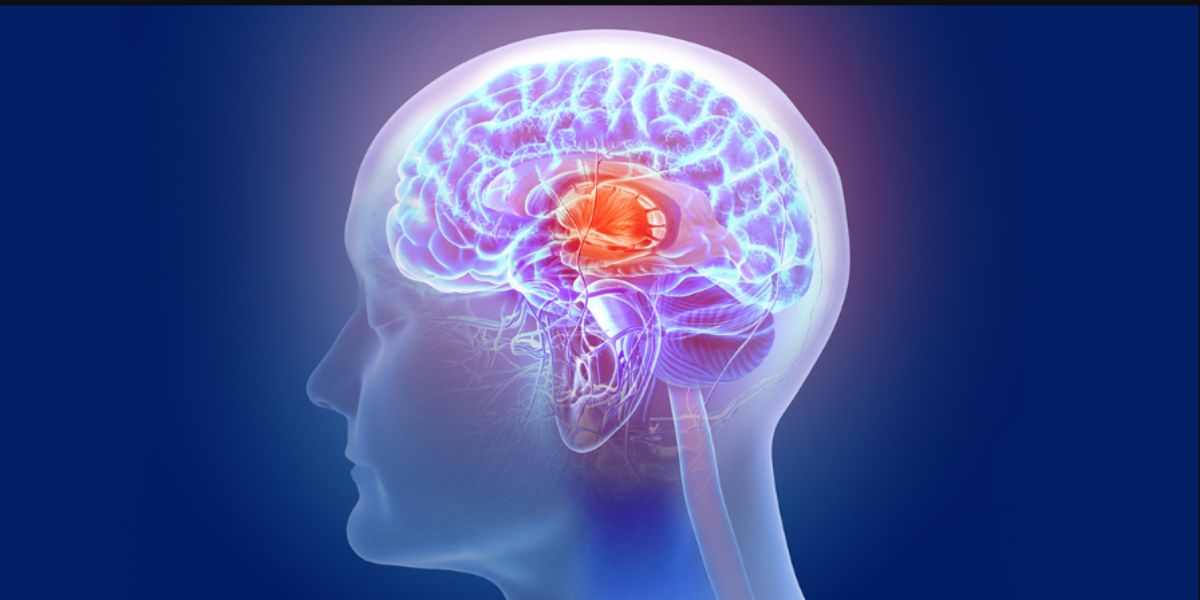
Image Credit: Vital Record Using a specialized ...
news-extra-space

 Parkinson's disease, which often develops over decades, is characterized by the progression of neuronal death in a certain manner throughout the brain. The symptoms of the illness that are most well-known are hand tremors, muscle rigidity, slower gait, and other limitations of normal mobility. However, it affects a wide range of brain areas, leading to a wide range of symptoms, including late-stage dementia. In the US, there are about 1 million persons who have Parkinson's. Because experts still don't fully understand how the condition progresses, currently available medications can only temporarily improve some movement problems.
One significant discovery from the past several decades of Parkinson's study is that the spread of aberrant clumps of the neuronal protein alpha-synuclein within the brain is accompanied by the death of neurons in the illness. This spread is a chain-reaction process like to an infection where aggregates recruit normal alpha-synuclein to join them and, as they enlarge, fragment into smaller aggregates that spread further. Injecting these aggregates into the brain can start this spread as well as some Parkinson's-like neurodegeneration, according to studies done on mice and non-human primates. But it has never been fully understood how neurons communicate information to other neurons.
In the study, Dr. Sharma and his team, including co-first author Ying Xue Xie, a doctoral candidate in the Weill Cornell Graduate School of Medical Sciences, showed with detailed studies of Parkinson’s mouse models that alpha-synuclein aggregates—capable of spreading and causing neurodegeneration—originated within neurons. These aggregates, they found, then accumulate within capsule-like waste bins in cells called lysosomes.
Parkinson's disease, which often develops over decades, is characterized by the progression of neuronal death in a certain manner throughout the brain. The symptoms of the illness that are most well-known are hand tremors, muscle rigidity, slower gait, and other limitations of normal mobility. However, it affects a wide range of brain areas, leading to a wide range of symptoms, including late-stage dementia. In the US, there are about 1 million persons who have Parkinson's. Because experts still don't fully understand how the condition progresses, currently available medications can only temporarily improve some movement problems.
One significant discovery from the past several decades of Parkinson's study is that the spread of aberrant clumps of the neuronal protein alpha-synuclein within the brain is accompanied by the death of neurons in the illness. This spread is a chain-reaction process like to an infection where aggregates recruit normal alpha-synuclein to join them and, as they enlarge, fragment into smaller aggregates that spread further. Injecting these aggregates into the brain can start this spread as well as some Parkinson's-like neurodegeneration, according to studies done on mice and non-human primates. But it has never been fully understood how neurons communicate information to other neurons.
In the study, Dr. Sharma and his team, including co-first author Ying Xue Xie, a doctoral candidate in the Weill Cornell Graduate School of Medical Sciences, showed with detailed studies of Parkinson’s mouse models that alpha-synuclein aggregates—capable of spreading and causing neurodegeneration—originated within neurons. These aggregates, they found, then accumulate within capsule-like waste bins in cells called lysosomes.
Leave a Reply






